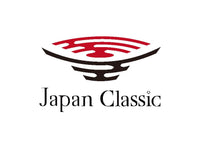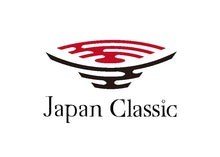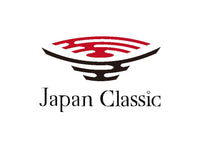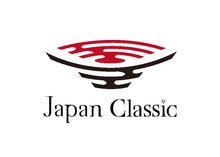【Japanese Pottery】Satsuma Kiln: The Rich Heritage of Satsuma Ceramics
About the Author
Table of Contents
【Japanese Pottery】Heta‑e Style: The Charming Art of Naive Pottery Decoration
Embracing imperfection with playful spontaneity, Heta‑e style decoration in Japanese pottery transforms simple brushstrokes into a unique expression of artistic charm. This article delves into the origins, techniques, and enduring appeal of this naive yet captivating decorative approach.
1. Introduction
Heta‑e, literally meaning "badly drawn," is a self-deprecating term that has come to symbolize a style of art marked by its rough, spontaneous, and unrefined quality. In the world of Japanese pottery, this style of decoration celebrates the beauty of imperfection and the charm of a freehand approach.
Once dismissed as amateurish, Heta‑e style has evolved into a celebrated form of expression that values authenticity and the individual character of each piece.
2. What is Heta‑e Style Decoration?
In the context of pottery, Heta‑e style decoration is characterized by its deliberately rough brushwork and unpolished aesthetic. Rather than striving for perfection, artisans embrace a naive approach that allows spontaneous creativity to shine through.
This style is marked by its freehand application, irregular patterns, and an overall sense of immediacy that conveys emotion and humor, turning each piece into a one-of-a-kind work of art.
3. Origins & Historical Context
The Heta‑e style has its roots in the broader tradition of Japanese folk art, where humility and self-deprecation are embraced as virtues. Initially, such naive decorative methods were seen in everyday objects and informal artworks, where the charm lay in their unrefined, spontaneous nature.
Over time, what was once considered "poor art" gained recognition for its genuine expression and emotional depth. Today, Heta‑e style decoration is celebrated as a refreshing counterpoint to overly formal artistic conventions.
4. Techniques & Methods
Artisans working in the Heta‑e style often use simple, everyday tools and embrace a spontaneous method of application. Quick, unrestrained brushstrokes and an intentional lack of precision are key characteristics of this technique.
Rather than following strict rules, the artist allows intuition and mood to guide the decoration process. This approach not only results in a unique surface texture but also imbues the piece with a sense of personality and humor.
5. Aesthetic Impact
The beauty of Heta‑e style lies in its raw, unfiltered expression. The irregularities and spontaneous marks add an organic, almost playful character to the pottery, inviting viewers to appreciate the art of imperfection.
This decorative approach creates a dynamic visual contrast against the smooth surfaces of traditional glazes, making each piece a conversation starter that resonates with both humor and authenticity.
6. Modern Interpretations
Contemporary ceramic artists are reinterpreting the Heta‑e style by integrating its naive charm with modern design elements. While retaining the spontaneous brushwork, they experiment with new materials and color schemes to create pieces that appeal to today’s aesthetic sensibilities.
This blend of tradition and innovation has reinvigorated the Heta‑e movement, ensuring that its spirit of unpretentious creativity continues to influence the world of Japanese pottery.
7. Final Thoughts
Heta‑e style decoration reminds us that art need not be flawless to be beautiful. Its unrefined, spontaneous character celebrates the imperfect nature of creativity, turning what might be seen as a flaw into a source of charm.
By embracing the Heta‑e approach, Japanese pottery speaks in a language of authenticity and playful expression—one that continues to inspire and captivate art lovers around the world.
Brighten Up Your Table.
We deliver vibrant, high-quality pieces directly from Japan to add color and elegance to your dining experience.






Leave a comment